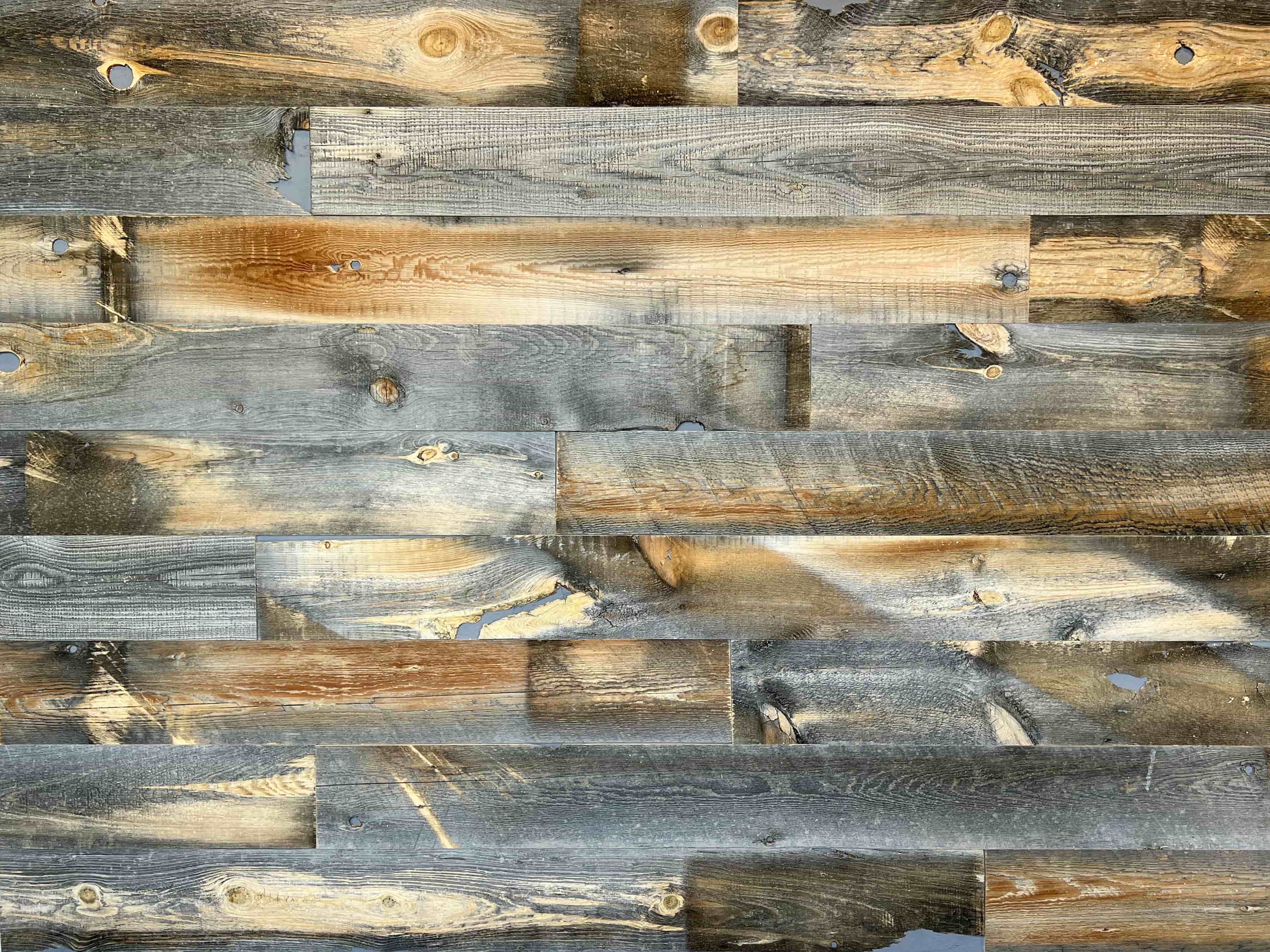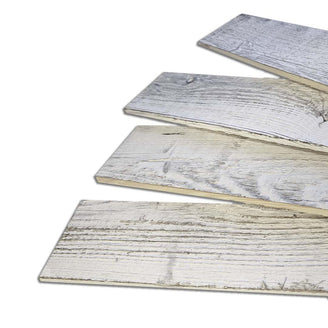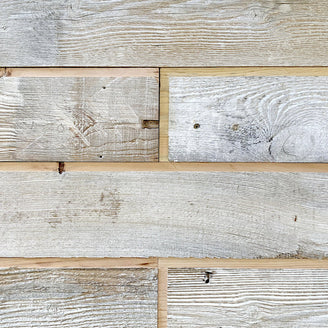Browse Instagram or Pinterest for “DIY wood projects” or “reclaimed wood” and prepare to be amazed and impressed. There are tens of thousands of different projects showcased that are made with barnwood, pallet wood, and repurposed wood. But, there are some things you should know before starting out on a project of your own. The importance of knowing the source of the wood isn’t just about sustainability or being eco-conscious; it’s also about your health. Here are some things you might not have known about barn wood, pallet wood, or salvaged wood.
DESCRIPTION
January 21, 2021
IS RECLAIMED WOOD SAFE?
KNOW THE SOURCE OF YOUR RECLAIMED WOOD
HOW TO AVOID THE TOP 5 DANGERS WHEN MAKING A RECLAIMED WOOD WALL
MOLD AND MILDEW
There was an issue with mold in Nova Scotia where downed timber due to hurricane Juan was used in a shopping market. This repurposed wood eventually had to be replaced because of health concerns. When using repurposed wood it is best that it has had minimal exposure to water and moisture. Ideally it should have never been in contact with the ground where it could get wet from rain. Mold and mildew will look white and fuzzy, and while it is possible to treat wood with a bleach or vinegar solution, it’s best to avoid using wood with signs of mold or mildew altogether.
VOLATILE ORGANIC COMPOUNDS
“Off-gassing” or “out-gassing” is when gases — called volatile organic compounds (VOCs) — that were once trapped inside a material are slowly released into a new environment with the potential to affect the health of both people and pets. This isn’t an issue for exterior siding projects, but tainted repurposed wood inside your home (or used to make a raised vegetable garden) may leach VOCs into the air or soil and can become health hazards to you and your family. Make sure that any barn wood or pallet wood that you bring into your home has been properly sanitized.
TERMITES AND OTHER INSECTS
In addition to off-gassing, older wood has other unique issues to consider such as insects and in particular, termites. Reclaimed wood containing hidden termites can bring an infestation into your home. Specialists can easily tell you if the wood you’re interested in shows signs of termite damage or habitation. Be sure to investigate this if there is barn wood or pallet wood that you’re interested in purchasing or reclaiming.
It also helps to know the history of the barn you’re reclaiming wood from. A barn that housed animals will require additional consideration and treatment. Animal feces and urine can contain bacteria that resides in the wood itself that can lead to illnesses like bacterial pneumonia. The only way to be sure your barn wood is safe for indoor use is by having it kiln dried by a professional. Always wear work gloves and a respirator mask when handling, cutting, and sanding barn wood.
LEAD PAINT
If the wood you are recycling is from 1978 or earlier beware of lead paint. Wood with lead paint can release dust when cut or sanded that will contain lead particles that will make it into the air and then your bloodstream. In old houses dust can be composed of any number of unpleasant substances like black mold, dander or animal feces. These dust particles can be released into the environment when working with old wood from an unknown source.
CREOSOTE OR PENTACHLOROPHENOL
Railroad Ties and Trestles are a gorgeous way to add character to a project, but their industrial origin presents a host of chemical hazards. In order to preserve the trestles, softwoods are often treated with creosote or pentachlorophenol. The Agency for Toxic Substances and Disease Registry has noted some especially nasty side effects for working with wood treated with creosote. Additionally, the U.S. Environmental Protection Agency has labeled pentachlorophenol as a “probable human carcinogen.” Railway trestles are not required to have any markings as to whether or not they’ve been treated, so it’s safest to stay away from them for project use, especially indoors.
SAFE REPURPOSED WOOD SOURCES
Recycled wooden Wyoming snow fences are cleanest and safest reclaimed wood available. It’s the only non-engineered, naturally-weathered repurposed wood certified GREENGUARD Gold for low chemical emissions. These 12 foot tall snow fences are naturally distressed by the intense Wyoming weather for an average of 10 years. The fence slats have never touched the ground and have never been exposed to barnyard animals, chemicals, or moisture. Recycled snow fence wood is naturally insect-free. Centennial Woods’ sell FSC® Recycled wood that is safe for homes, restaurants, schools, hospitals, and businesses. Learn more about Centennial Woods’ reclaimed wood products or explore the Ultimate Guide To Reclaimed Wood.


















